Frontloading for English Language Learners
Program Transcript
Ngan: Okay. Time to put the book back.
Ngan (Interview): My name is Carmen Ngan. I'm the preschool teacher in Kai Ming Head Start Sunset Center.
Ngan: (singing) Everybody do your share.
Ngan (Interview): We have eighty-five percent of children come from Asian family. Most of the family don't speak English at home, so the children come here to learn English.
Ngan: I have something sounds like oink oink. A pig!
Ngan (Interview): We read the book Silly Sally, so first we introduced what's this story about. So, I introduced the name of the animal, like pig, dog, [animal], and sheep. So we used stuffed animal to emphasize that.
Ngan: I also have something that sounds like woof woof woof.
Student: A dog!
Ngan: A dog!
Ngan (Interview): We will focus on the vocabulary we want the children to learn, so we will repeat it and emphasize that.
Ngan: I have a book right here.
Student: Silly Sally!
Ngan: Silly Sally!
Ngan (Interview): We use the book also to introduce different kind of word about movement.
Ngan: You know what silly mean? What's silly mean?
Student: It's means you're, you're getting, you're being funny.
Ngan: It's very funny. Can you guys make a silly face? A very silly face.
Ngan (Interview): I use TPR; total physical response. This help the children, that when they do the movement, so they can have hand-on experience when they learn a new vocabulary.
Ngan: Silly Sally went to town, walking backward upside down. So on the way, she met a…
Student: Pig!
Ngan: Pig. And they danced a jig.
Student: Because she's a dancer.
Ngan: Because she's a dancer. Maybe.
Ngan (Interview): We encourage them to make prediction. We ask them to guess what will happen next, and what do they see, to get them involved to the story.
Ngan: What's next?
Student: She met a dog.
Ngan: She met a dog? What she do with the dog?
Student: They leap…
Ngan: They play leap frog.
Ngan (Interview): We read the book with all the different kind off movement, so when we talk about the movement, for example, like, leap frog, when we do the movement in front of the children, many children don't know the English word, so we use the prop so they can see the picture. We have the word in English and Chinese. So when they see the picture and the word together, so it help them to remember.
Ngan: …When she met the pig, what the pig does?
Student: Dance.
Ngan: Dance a jig. This is dance a jig. Dance a jig! Dance! A jig.
Ngan (Interview): This help the children, when they do the movement, so they have hand-on experience, when they learn a new vocabulary.
Ngan: What this guy doing?
Student: Walking backward upside down.
Ngan: Upside down. Can you do this movement? Can you walk backward and upside down?
Ngan (Interview): It's one of the strategy to help us, to help people to learn second language, so when they hear the word, and we do the movement at the same time, we understand that movement is the word we have just spoken.
Ngan: And the next one is what a little dog does. Leap frog. Let's do leap frog. Jump over this cushion. Let's just over that. You want to try first? Jump over.
Ngan (Interview): Day-by-day, they make a connection of that word, it describing that movement. They really enjoy mixing the movement, and spoken language.
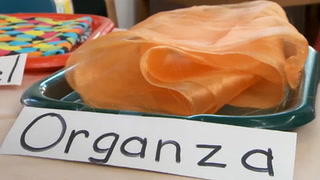
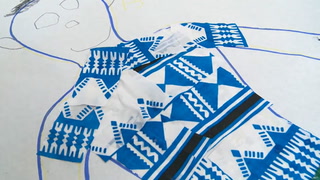


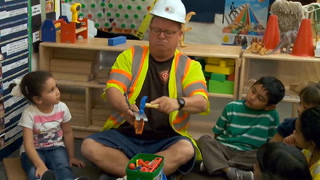

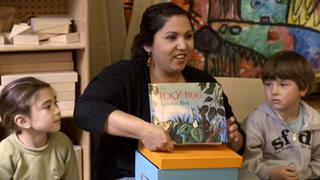

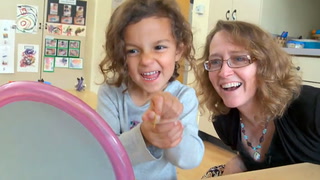









50 Comments
Christina Kent Apr 2, 2021 11:22am
Christina Kent
Frontloading for English Language Learners PreK-K.
Charity Okafor Oct 5, 2020 11:27pm
1. She uses TPR (Total Physical Response)
2. By using flashcards, props, and stuffed animals. She also engages them in critical thinking by asking them to predict,
3. Incorporating movement helps by getting them (students) engaged (Active participation)
Shelby Brier Apr 9, 2020 6:37pm
1) Ms. Ngan uses props like stuffed animals to introduce vocabulary prior to the story and repeats the vocabulary many times with the children to emphasize.
2) Ms. Ngan engages the students during her read aloud by using TPR. She pulls back out the props when the word arises in the story. She also has the student predict what will happen next in the story.
3) Ms. Ngan uses TPR by having the students act out different vocabulary in the story. For example, she has the students act out "silly" by making a silly face or has them play leapfrog to better understand what leap means.
Jakob Konner Jan 5, 2020 4:46pm
Ms. Ngan teaches vocabulary in multiple ways. These include using props to demonstrate words and actions, repetition of words and what actions are associated with this new vocabulary, then asks the students to act out the vocabulary word (making silly face to demonstrate definition of silly) via total physical response. She helps keep the students engaged in the story by encouraging them to predict what will happen next or why she did what she did. She then does movements in front of the children and even has them do it. Finally to help learn the vocabulary she includes a flashcard with the word in english and mandarin as well as a picture. Movements help the students learn the vocabulary because it gives an anchor point for what it is. The students now have attached an action to the new word, helping define it by remembering doing something, not just memorizing words telling what it is.
Denise Cacace Jan 4, 2020 11:16am
Ms. Ngan gets the students attention by using props. Ms. Ngan repeats the vocabulary for the children to learn successfully.
Ms. Ngan uses picture cards to engage the students and to reinforce vocabulary
Incorporation movements encourgages students to engage in learning